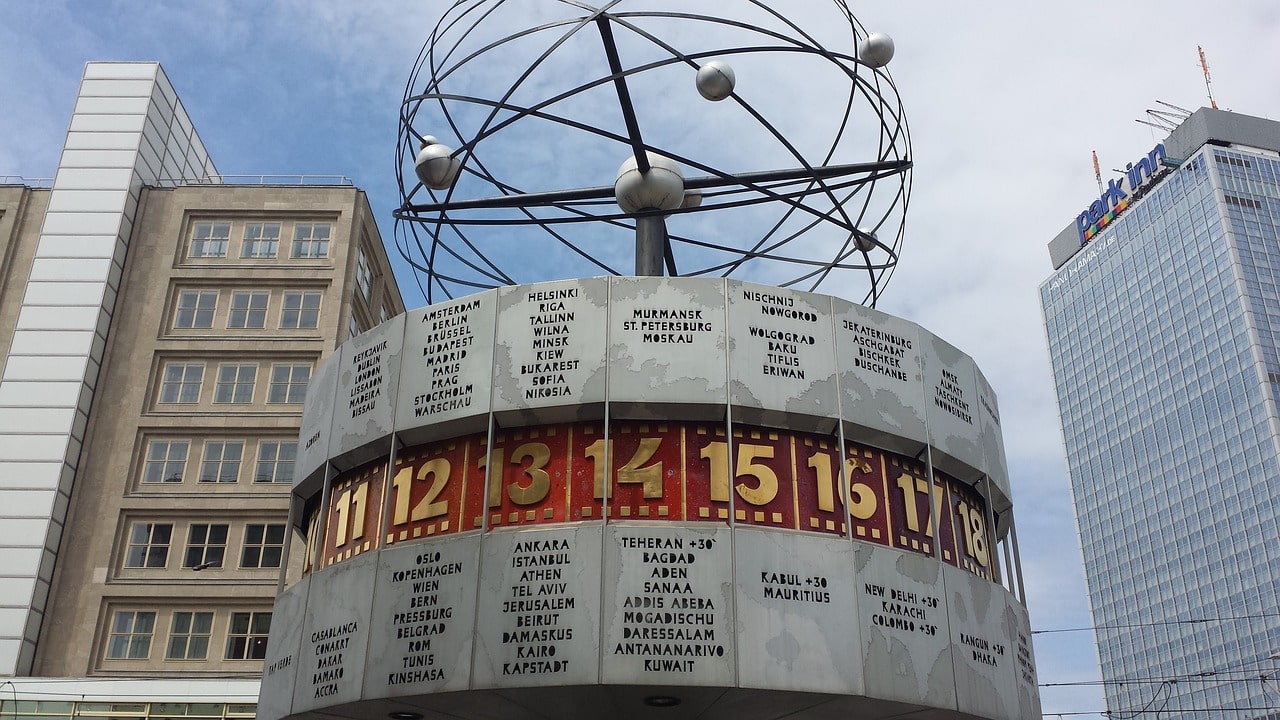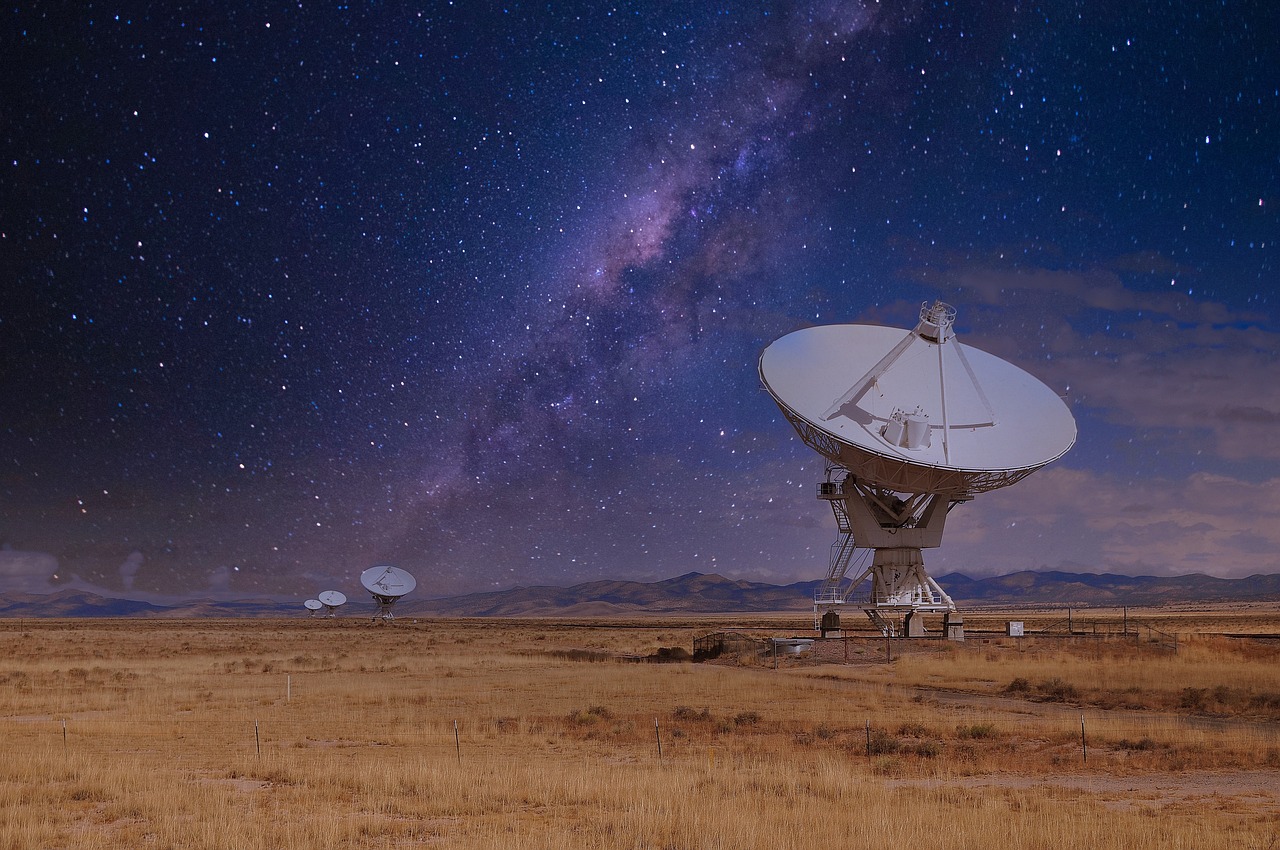The History of Daylight Saving Time (DST)
Daylight Saving Time (DST) aims to optimize daylight usage and reduce energy consumption. Despite its intentions, the history of DST reveals a complex narrative of debates and varying global practices.

Daylight Saving Time (DST) is a practice of moving clocks forward by one hour during the warmer months to extend evening daylight. This change typically happens in the spring and is reversed in the fall.
Early Beginnings
In 1784, Benjamin Franklin, living in Paris, proposed in a satirical letter that people could save candles by waking up earlier to use morning sunlight. His suggestion was more a humorous observation than a serious proposal. Although not taken seriously then, Franklin's idea hinted at the potential benefits of aligning daily activities with daylight. It would be over a century before DST was formally proposed and adopted.
The Pioneers of Daylight Saving Time
Daylight Saving Time (DST) was first proposed by George Vernon Hudson in 1895. Hudson, a New Zealand entomologist, suggested shifting clocks forward by two hours in summer to allow more daylight for his insect studies. While his idea gained some interest, it needed to be more widely adopted.
In 1907, British builder William Willett took the concept further. He proposed advancing clocks by 20 minutes over four Sundays in April to extend evening daylight. Willett passionately campaigned for this idea, aiming to improve outdoor leisure time. Though not implemented during his lifetime, Willett's advocacy laid the groundwork for DST's adoption in 1916, just after his death.
The First Daylight Saving Bill
The first formal proposal for Daylight Saving Time (DST) legislation was introduced by a German scientist, Wilhelm von Osten, in 1916. Osten, an advocate for energy conservation during World War I, suggested adjusting clocks to extend evening daylight and save fuel.
The German government quickly adopted Osten's idea and implemented DST on April 30, 1916. The main goal was to conserve energy by reducing the need for artificial lighting. Following Germany's lead, the United Kingdom and other countries adopted DST during the war to support energy conservation efforts.
The introduction of DST as an official policy marked a significant shift from earlier, more theoretical proposals. It demonstrated the practical application of shifting clocks to achieve specific goals, such as conserving energy during wartime. This early implementation of DST set the stage for its widespread adoption in various countries in the following decades.
From Inconsistency to Standardization
After World War I, many countries abandoned DST. However, it was reintroduced during World War II for similar reasons, with the United States observing DST year-round from 1942 to 1945 under the name "War Time."
Post-war, Daylight Saving Time (DST) became inconsistent across the United States. States and cities adopted DST at different times, leading to widespread confusion. The Uniform Time Act was passed in 1966 to address this issue, establishing a standard for DST nationwide. While the Act aimed to bring uniformity by setting a standard start and end date for DST, states could still opt out of observing DST altogether.
In 1986, the U.S. Congress amended the Uniform Time Act to extend DST by one month, beginning on the first Sunday in April and concluding on the last Sunday in October. This change aimed to provide a more consistent period of DST across the country.
In 2005, the Energy Policy Act was signed into law, extending DST by four weeks in the U.S. The new dates for DST became from the second Sunday in March to the first Sunday in November. This adjustment was intended to reduce energy consumption by using daylight more efficiently in the evenings.
The 1970s Energy Crisis
The 1970s energy crisis, driven by rising oil prices and shortages, led the U.S. to extend Daylight Saving Time (DST) as a strategy for energy conservation. In 1974, DST was extended to 10 months, and in 1975, to 8 months, aiming to reduce electricity use by increasing evening daylight. Despite these efforts, studies showed mixed results. Some indicated modest energy savings, while others found little impact or increased consumption due to factors like air conditioning. This outcome variability sparked an ongoing debate about DST's effectiveness, leading to the eventual discontinuation of the extended periods.
The Future of Daylight Saving Time
The debate over Daylight Saving Time (DST) is ongoing, with significant changes potentially on the horizon. In 2019, the European Parliament voted to end biannual DST clock changes, letting member states choose between DST and standard time. However, the implementation has been delayed as details are still being worked out. In 2020, the European Commission proposed a directive to streamline DST practices and offer more flexibility. These developments reflect the complex discussions and challenges in achieving a unified approach to time adjustments, indicating a possible shift away from traditional DST practices.



